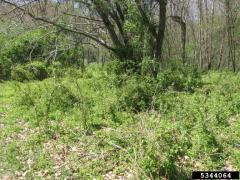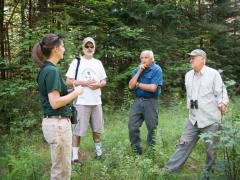Creating Young Forest while Managing for Invasive Species

Young Forest, the forest type that is dominated by dense shrubs and trees less than 20 years old, is an extremely important cover type for wildlife in Vermont. More than 60 wildlife species – including mammals, birds, reptiles, and insects – need young forest to survive.

